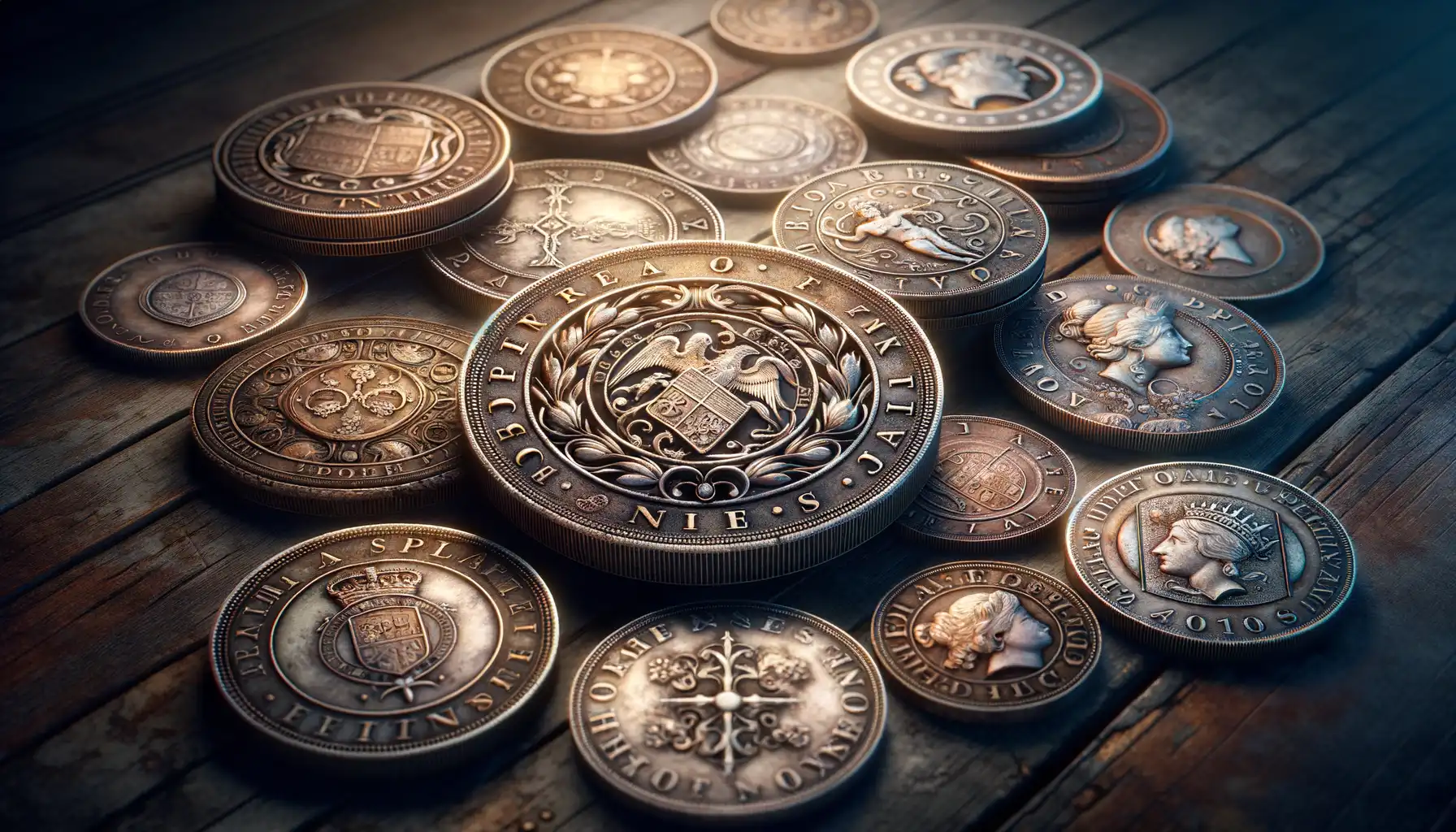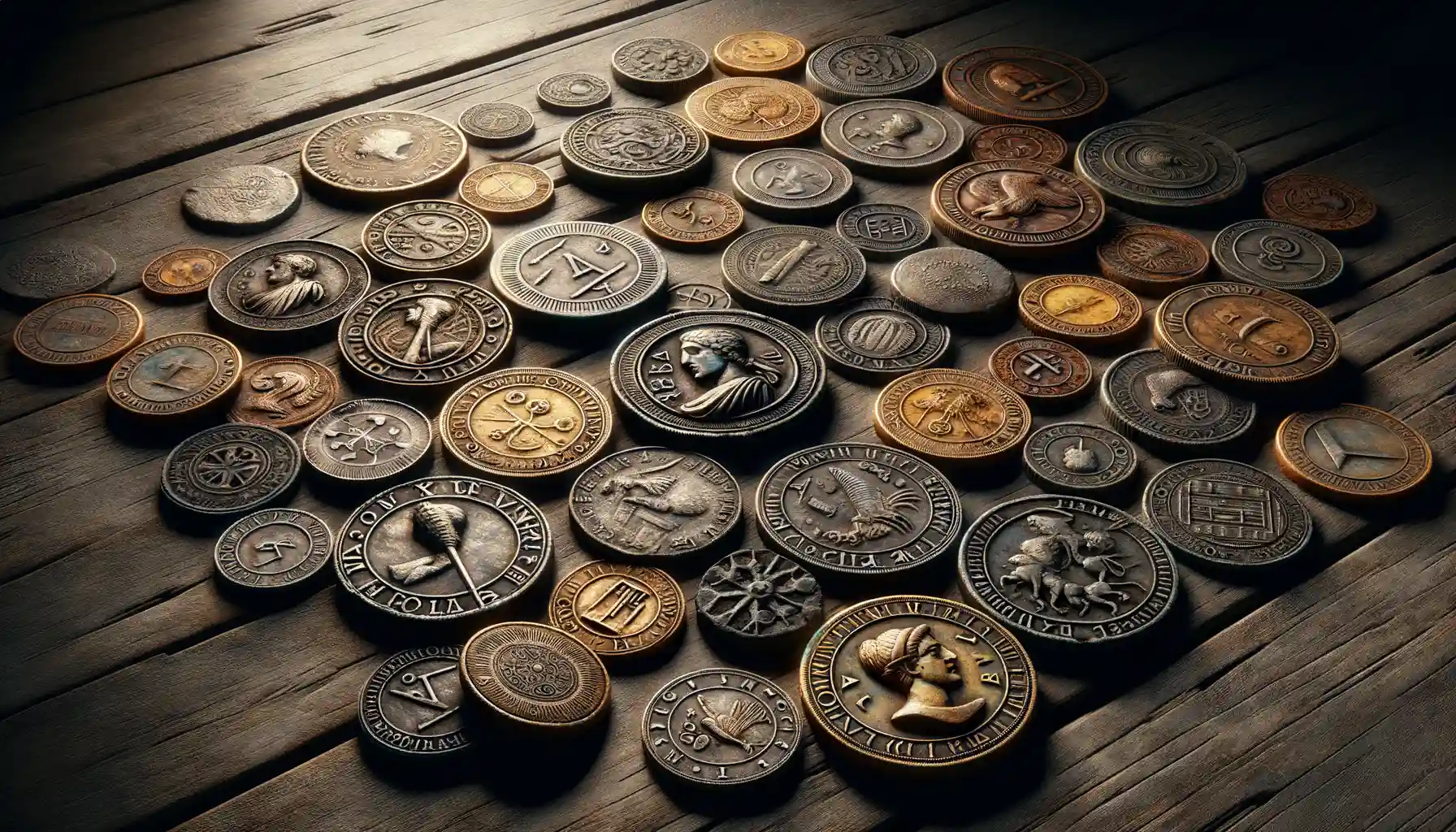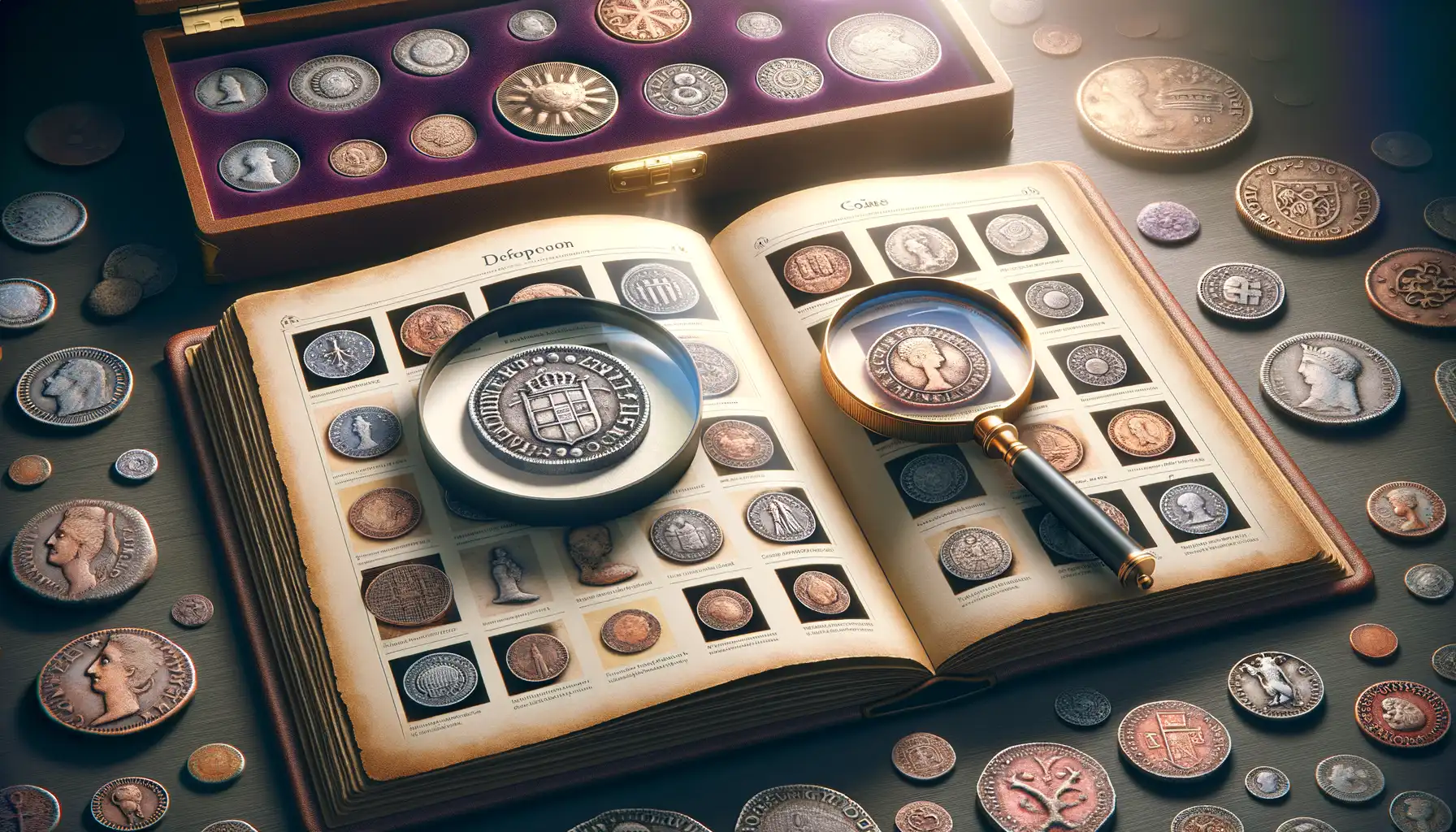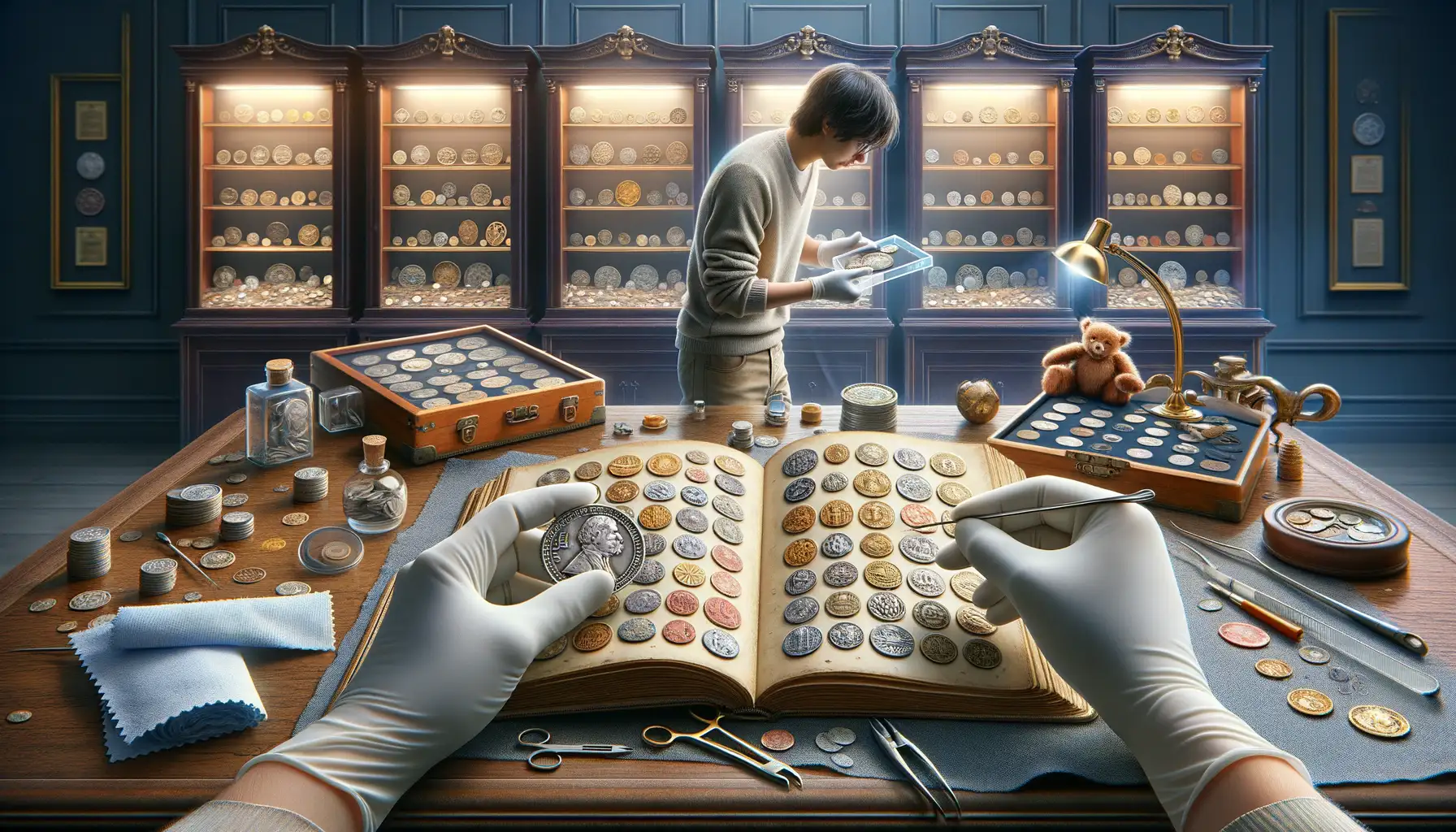Introduction to Rare Coins and Their Significance
Take a moment and imagine holding a piece of history in the palm of your hand—a coin that has survived centuries, wars, and rulers. These aren’t just pieces of metal; they’re whispers from another time, tangible connections to lives long past. Rare coins fascinate not only collectors but anyone who feels the irresistible allure of a story waiting to be uncovered. From ancient civilizations to modern mints, these treasures speak of rarity, beauty, and significance.
Why Rare Coins Matter More Than You Think
Rare coins are more than collectibles—they’re gateways to understanding culture, politics, and economics of eras gone by. For instance, the Roman denarius tells us about the empire’s expansion, while the iconic Sacagawea dollar celebrates a pivotal figure in American history. But rarity isn’t just about age—it’s about what makes a coin distinct: low mintages, production errors, or unique designs.
- A misprinted coin with an accidental double strike? A printing marvel.
- Coins minted during secretive wartime efforts? Cloaked in intrigue.
- Gold doubloons recovered from sunken ships? Adventure you can hold!
Each of these coins carries value beyond money—they embody survival, artistry, and stories untold. It’s no wonder collectors feel a spark when they uncover something special.
When Ordinary Turns Extraordinary
Sometimes, the most unassuming coin becomes a superstar. Take the 1943 copper wheat penny—it looks like any other penny until you realize only a handful exist due to a wartime copper shortage. Or the “Flowing Hair Dollar,” which marked the dawn of US currency. These coins remind us that everyday objects can transcend utility to become legends.
The Top 10 Rarest Coins in the World

Coins That Turn Heads and Hearts
Step into the world of numismatics, and you’ll be blown away by the allure of the rarest treasures to ever grace human history. These aren’t just coins; they’re whispers of bygone eras, holding untold secrets of emperors, rebels, and dreamers. Imagine encountering a piece like the Flowing Hair Silver Dollar (1794), widely believed to be the first dollar coin minted in the United States—a tangible piece of its infancy!
Or picture the mysterious allure of the Edward III Florin (1343), a medieval English gold coin both strikingly beautiful and steeped in legend. Fewer than three are known to exist today!
Curious which other gems make the rarest-of-the-rare list? Glimpse these heavyweights:
- Brasher Doubloon (1787) – A gold coin that screams “luxury” and kicked off private minting in America.
- Saint-Gaudens Double Eagle (1933) – Called the “Mona Lisa of coins,” and its history is tangled with intrigue.
- Lydian Lion (600 BCE) – The very first coins ever made. Yes, EVER.
Each of these coins is a portal to another world, an artifact of artistic genius and daring craftsmanship. If coins could speak, these would sing sonnets.
The Fascinating Stories Behind These Coins

Unveiling Secrets Hidden in Metal
Some coins are more than just currency—they’re portals to the past, dripping with intrigue and whispers of bygone eras. Take the legendary 1933 Double Eagle, for instance. This $20 gold coin was never meant to see the light of day after a government ban on gold hoarding. Yet, a few pieces escaped destruction, slipping into history like fugitives from a heist movie! Each one carries not just monetary value, but the untamed spirit of rebellion.
Or what about the cryptic 1804 Draped Bust Dollar? Dubbed the “King of Coins,” it wasn’t even minted in its own time! Instead, these silver dollars were struck decades later as diplomatic gifts. Imagine being handed one of these glittering treasures as a token of goodwill—it’s like a historical handshake with America’s early ambassadors.
- The mysterious Brasher Doubloon: a privately minted gold coin from 1787 that screams audacity.
- The Edward III Florin: a medieval masterpiece lost for centuries, unearthed by an astonished farmer.
Each coin is a puzzle piece with a backstory so juicy you’ll want to dive headfirst into the history books. These aren’t just coins—they’re chapters of human ambition, error, and ingenuity immortalized in metal.
How to Identify and Evaluate Rare Coins

Spotting the Gems in Your Coin Collection
Imagine holding a coin that’s worth more than its weight in gold—literally! Identifying rare coins is like uncovering buried treasure, but knowing where to start can feel like deciphering an ancient map. So, where do you begin?
First, check the coin’s date and mintmark. Coins struck in limited numbers or during historic events are often highly sought-after. A prime example? The infamous 1943 Copper Penny, crafted during a time when copper was reserved for war efforts. If your coin matches one of these rare dates, your palms might just start sweating with excitement!
Next up: condition. Shine isn’t always the defining factor, but scratches, wear, and discoloration matter. Collectors use a grading scale—from “Good” to “Mint State”—to measure quality.
Lastly, intuition counts. If a coin feels unique or carries an old-world charm, don’t dismiss it. History often hides in plain sight!
Research like a Detective
Owning a potential rarity feels thrilling, doesn’t it? But what now? Channel your inner sleuth! Turn to trusted resources like the Red Book or consult online databases such as the PCGS Price Guide to verify authenticity and market value.
Still unsure? Seek an expert appraisal. Coins are masterful storytellers, and professionals can unravel details you might overlook. Whether you’re flipping through dusty auction listings or attending local meetups, never underestimate the power of curiosity.
Rare coins are more than pocket change—they’re capsules of history. Every scratch, stamp, and story adds to their magic.
Tips for Collecting and Preserving Rare Coins

Keep Your Treasures Shining: Storing and Handling Rare Coins
Imagine this: you’ve just secured a rare coin, a true gem of history. The last thing you want is for time—or a careless mistake—to tarnish its value. Preserving rare coins isn’t just about storage; it’s about respect for the craftsmanship and stories they carry. Here’s how to keep them looking as pristine as the day they were minted:
- Avoid bare hands! Always handle coins by their edges and wear soft cotton gloves to prevent transferring oils from your skin.
- Say no to plastic bags. Store coins in acid-free holders or capsules designed specifically for collectors. Plastic bags can trap moisture, leading to disastrous corrosion.
- Control the climate. Coins thrive in a cool, dry environment. High humidity? A recipe for rust. Keep a desiccant nearby, and your coins will thank you.
The Art of Collecting: Mastering the Hunt
Collecting isn’t just a hobby—it’s a treasure hunt for modern-day adventurers! Start with trusted dealers or auction houses. Look for coins with a strong story attached; for instance, owning a piece like the 1933 Saint-Gaudens Double Eagle feels like holding history itself. And remember: patience pays off. Building a collection takes time, so savor the journey.